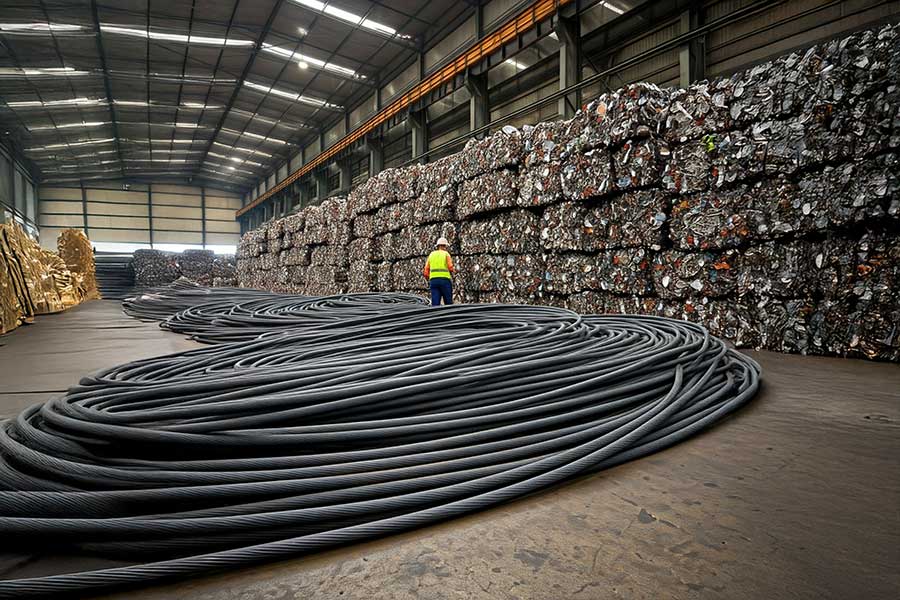
Today, with the widespread use of electrical and electronic devices, cable waste has also become an important environmental problem. However, thanks to the recycling of cables, both natural resources are protected and valuable raw materials are brought back into the economy.
The Importance of Cable Recycling
- Protection of Natural Resources: By recycling cables, precious metals such as copper and aluminum are reused, reducing mining activities and preventing the depletion of natural resources.
- Prevention of Environmental Pollution: Since waste cables do not degrade in nature for a long time, they pollute the soil and water. Thanks to recycling, this pollution is prevented.
- Energy Saving: Producing a new product requires more energy than recycling it. Energy savings are achieved by recycling cables.
- Economic Benefit: Thanks to recycling, raw material costs are reduced and new job opportunities are created.
Cable Recycling Process
Cable recycling, although it may seem complicated, is actually a very systematic process. In general, it includes the following stages:
- Collection and Separation: Used cables are collected and sorted according to their type. At this stage, different materials such as copper, aluminum, plastic are separated from each other.
- Crushing and Grinding: The separated cables are subjected to crushing and grinding processes to be broken into smaller pieces.
- Separating: Broken and ground cables are broken into even smaller pieces by physical and chemical methods. At this stage, metals and plastics are separated from each other by different methods such as density and magnetic properties.
- Cleaning: The separated metals and plastics are cleaned of other foreign substances by subjecting them to cleaning processes.
- Melting and Casting: Cleaned metals are melted and poured into molds to obtain new products. Plastics, on the other hand, are granulated and used in the production of new plastic products.
Technologies Used in Cable Recycling
Advanced technologies are used in cable recycling. Here are some of them:
- Magnetic Separation: Separation using the magnetic properties of different metals
- Density Separation: Separation using density differences of materials
- Hydraulic Separation: Separation using water and pressure
- Temperature Separation: Separation using the melting points of different materials
Challenges in Cable Recycling
There may be some difficulties in cable recycling. Here are some of them:
- Cable Variety: The fact that there are different types of cables made of different materials makes the separation process difficult.
- Pollution: Dirt and oils on the cables adversely affect the separation process.
- Energy Consumption: The recycling process requires energy consumption.
Result
Cable recycling is of great importance, both from an environmental and economic point of view. The technologies and methods used in this process are constantly being improved, creating more efficient and environmentally friendly recycling systems.
As Ülkü kablo, we support sustainability and recycling in the field of cables, as in every product.
In order to emphasize the importance of cable recycling and to raise awareness on this issue, the joint work of public institutions, non-governmental organizations and manufacturers is of great importance.
